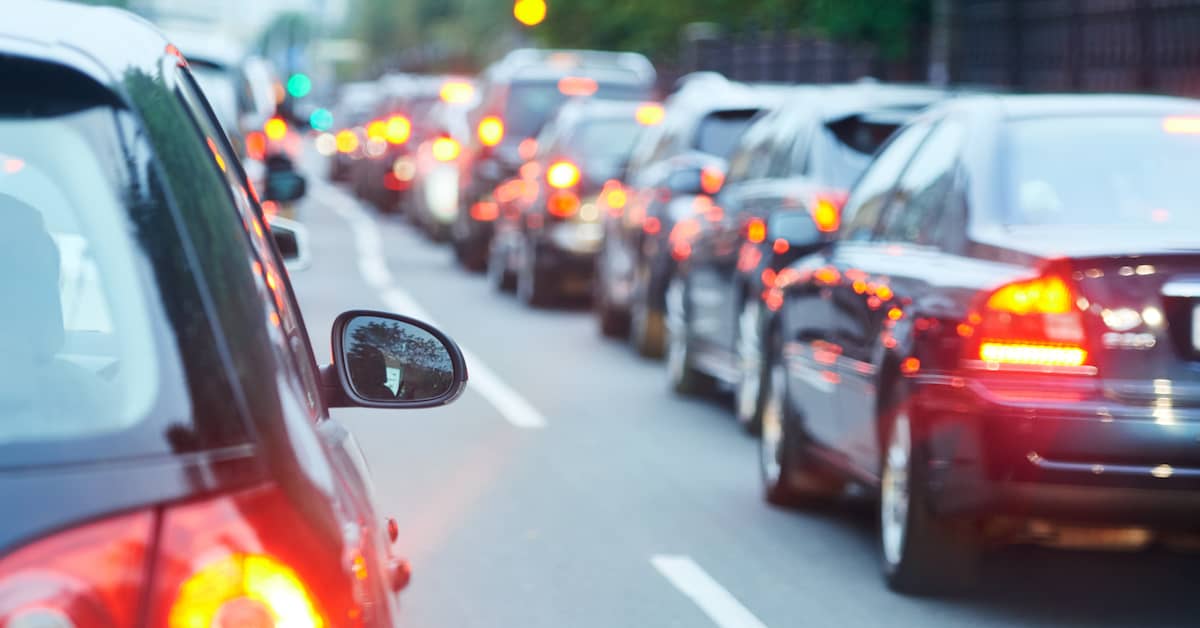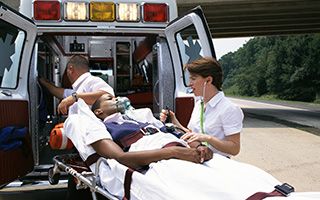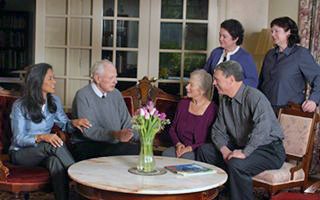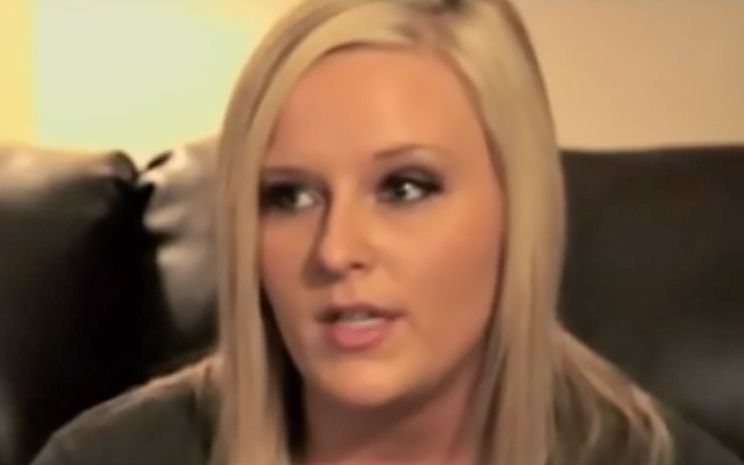
Understanding how fault is determined in a Washington car accident case can be important after a serious wreck—particularly when that accident involves life-altering injuries. If you were hurt in a crash, you are entitled to fair compensation, but you must be able to prove someone else was at least partially at fault to recover the damages you deserve.
Fault in a Car Accident Is Not Always Straightforward
Many drivers have misunderstandings about how fault is determined in a car accident case. Some of the most common misconceptions about fault in car accidents include:
- Rear-end drivers are always at fault
- Pedestrians can’t be at fault
- Fault is automatically clear after a crash
Having misconceptions or misunderstandings about establishing liability after a car crash places you at a disadvantage when it comes to seeking compensation. Discussing your case with an experienced and proven car accident attorney helps to ensure fault is properly placed, enabling victims to seek compensation for all of their damages.
At Fuller & Fuller, we understand the emotional and financial stress car crashes often cause. We provide personalized legal support to ensure all of the ways your injuries have impacted your life are taken into account. As a family-owned law firm, we’ve built our reputation on compassion, strength, and results. Tireless in our advocacy and relentless in our pursuit of justice, we know how to gather evidence, build strong and compelling cases, and assist our clients in getting every penny they are due.
See what our clients say about us.
Contact Fuller & Fuller for a Complimentary Case Review
For more than 50 years, Fuller & Fuller, Attorneys PLLC has helped clients throughout Washington with a range of personal injury claims. We know how to effectively pursue the justice and compensation you deserve after a serious accident. Call us at 800-570-4878 to schedule your FREE consultation at our Tacoma or Olympia office today.
Steps for Determining Fault in a Washington Car Accident
How is fault determined in a Washington car accident case? Through a comprehensive assessment of the facts involved. Depending on the circumstances, this will generally mean taking some (or all) of the following steps:
1. Examine the Police Report
The police report from your accident can provide key insights that help establish fault. This document often includes:
- Observations from the Reporting Officer. For example, if the responding officer wrote that the other driver was distracted or observed a cell phone in the other driver’s footwell, it shows the other driver was not paying attention before the wreck.
- Citations or Charges. Citations given to the other driver for driving under the influence, speeding, or another infraction, can help to establish fault.
While police reports are authoritative, they’re not always perfect. If you notice inaccuracies, your lawyer can work to gather additional evidence to challenge or correct the report’s conclusions.
2. Gather Evidence from Other Sources
Your lawyer may need to gather evidence from various other sources. These sources could include:
- Traffic and Surveillance Cameras. Footage from nearby intersections, homes, or businesses can capture key moments before, during, and after the crash.
- Eyewitness Statements. Witness accounts can provide an unbiased perspective of what happened.
Increasingly, social media posts are used as evidence as well. For example, if the other driver posted about drinking shortly before the crash or admitted fault in a social media post, your lawyer may be able to use the driver’s posts as evidence of fault in your claim.
It is important to note that insurance companies can use evidence from these sources as well, but may not interpret the data in your favor. Having an experienced car crash lawyer on your side helps to ensure evidence from the wreck is not misused to diminish your claim.
3. Engage an Accident Reconstructionist
In some cases, engaging an accident reconstructionist can be an effective way of determining fault in a car accident. These experts use evidence to recreate the sequence of events leading up to the accident.
- Sophisticated Tools. An accident reconstructionist can use the available evidence to create a computer simulation of your crash. The software used to create these simulations is highly sophisticated, and these simulations can serve as strong evidence in court.
- Key Insights Provided. Accident reconstructionists can piece together the events leading up to a crash, determine the sequence of events, and demonstrate step-by-step how another driver’s mistake led to your accident-related losses.
An accident reconstruction expert may be needed even when a thorough investigation and police report are readily available. The factors that contribute to a car crash are not always immediately obvious. Having a neutral party perform a forensic analysis of the crash helps to build the strongest case possible.
4. Evaluate Potential Causal Factors
After gathering as much information as possible, your lawyer will evaluate all potential causal factors to determine who was at fault in your car accident. These may include:
- Human Error. Was one or more drivers distracted, speeding, or under the influence?
- Environmental Factors. Did weather, poor lighting, or road conditions contribute?
- Vehicle Defects. Did mechanical failure or improper maintenance play a role?
Determining fault requires an in-depth understanding of the facts of the accident and Washington car accident laws. Your lawyer will examine all possibilities, determine if one party is responsible or multiple parties share responsibility for your losses, and determine if the insurance companies may have grounds to argue for a reduced settlement based on comparative fault.
How Comparative Fault Influences Washington Car Crash Compensation
Washington follows a “pure” comparative faulty system. This means that fault for an accident can be shared among multiple parties. However, your compensation will be reduced by the percentage of fault attributable to your actions.
For example, if a speeding driver is struck by a driver who has run a stop sign, both parties may share some portion of the blame. If the court determines the speeding driver’s actions contributed to 20% of the accident, that driver’s award would be reduced by 20%. If the court determines the speeding driver’s actions contributed to 30% of the wreck, compensation would be reduced by 30%, and so on.
One of the nice things about the comparative fault is that it allows people who made a minor mistake to still claim damages when seriously injured. Having a lawyer with sufficient experience with car accident claims helps to protect your rights, safeguard you from inappropriate blame, and assist you in seeking every penny you are due.
Experienced car accident lawyer Marya Fuller is a specialist in accident and injury law. She has decades of experience investigating serious wrecks to uncover all contributing factors and help ensure our clients can seek the full compensation their injuries demand.
Liability in Accidents Involving Multiple Vehicles
Multi-car accidents are more complex than two-vehicle collisions. With several drivers potentially sharing fault, establishing liability may involve examining a wide range of evidence. However, much of this is similar to how fault is determined in a Washington car accident case involving only two vehicles as well.
Your lawyer may need to consider:
- The Sequence of Events. Identifying the initial impact and how subsequent collisions occurred.
- Physical Evidence. Skidmarks, vehicle damage, and debris patterns can help pinpoint how the crash unfolded and which drivers contributed.
- Witness Statements and Footage. Testimony from those who saw the crash and video footage from traffic or dashboard cameras can provide clarity and corroborate the evidence.
While much of this evidence is similar to that gathered when determining fault for a collision between two vehicles, multi-car accidents present unique challenges. With decades of experience handling complex car accident cases, Fuller & Fuller is here to ensure your accident is thoroughly investigated, liability is established, and your right to seek compensation is preserved.
After Fault Is Determined: Identifying Who Is Financially Responsible for Your Losses
Determining fault is an essential step in asserting your legal rights after a car accident in Washington. Once fault is established, the next step is determining who is responsible for covering your accident-related losses.
Who Might Be Held Responsible?
- The Negligent Driver’s Insurance Company
In most cases, you will file a claim against the at-fault driver’s insurance. This involves demonstrating how the other driver caused the crash and negotiating for a fair settlement that reflects the full extent of your injuries and losses.
- Your Own Insurance Company
If the at-fault driver does not have insurance or does not have enough to cover the damages, your uninsured and underinsured motorist coverage may step in. However, UM/UIM coverage is optional. If you do not have the coverage under your own policy, seeking compensation in this manner may prove impossible.
- The Employer of the Negligent Driver
If the driver who caused the accident was performing work-related duties at the time, their employer could be held responsible. For example, the employers of delivery drivers or rideshare employees who cause a crash while acting within the scope of their employment might be liable under the principle of vicarious liability.
- Vehicle Manufacturers or Repair Companies
If a mechanical defect or improper maintenance contributed to the accident, you may have grounds to pursue a claim against the vehicle manufacturer, a parts supplier, or the repair company responsible for issues such as brake failures, defective tires, and airbag malfunctions.
- Third Parties
Other potential claims might arise from hazardous road conditions or poorly designed intersections. In these cases, government entities or contractors responsible for road maintenance may be liable.
The responsible party may be required to pay for your medical expenses, lost wages, pain and suffering, and much more—but only if they are first identified. During your complimentary case review at Fuller & Fuller, we will assess your damages, discuss how fault is determined in a Washington car accident case, and help you understand what your claim may be worth.
Speak With a Washington Car Accident Lawyer for FREE
If you have been injured in a crash, it is important that you engage a law firm to investigate the accident as soon as possible. To get started with a FREE consultation, contact Fuller & Fuller online or call our Tacoma or Olympia office right away. Washington car accident lawyer Marya Fuller has substantial experience representing clients throughout Washington. We work tirelessly to ensure our clients achieve fair outcomes in their cases.






